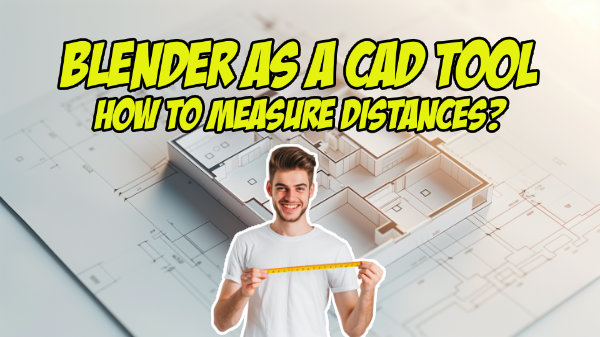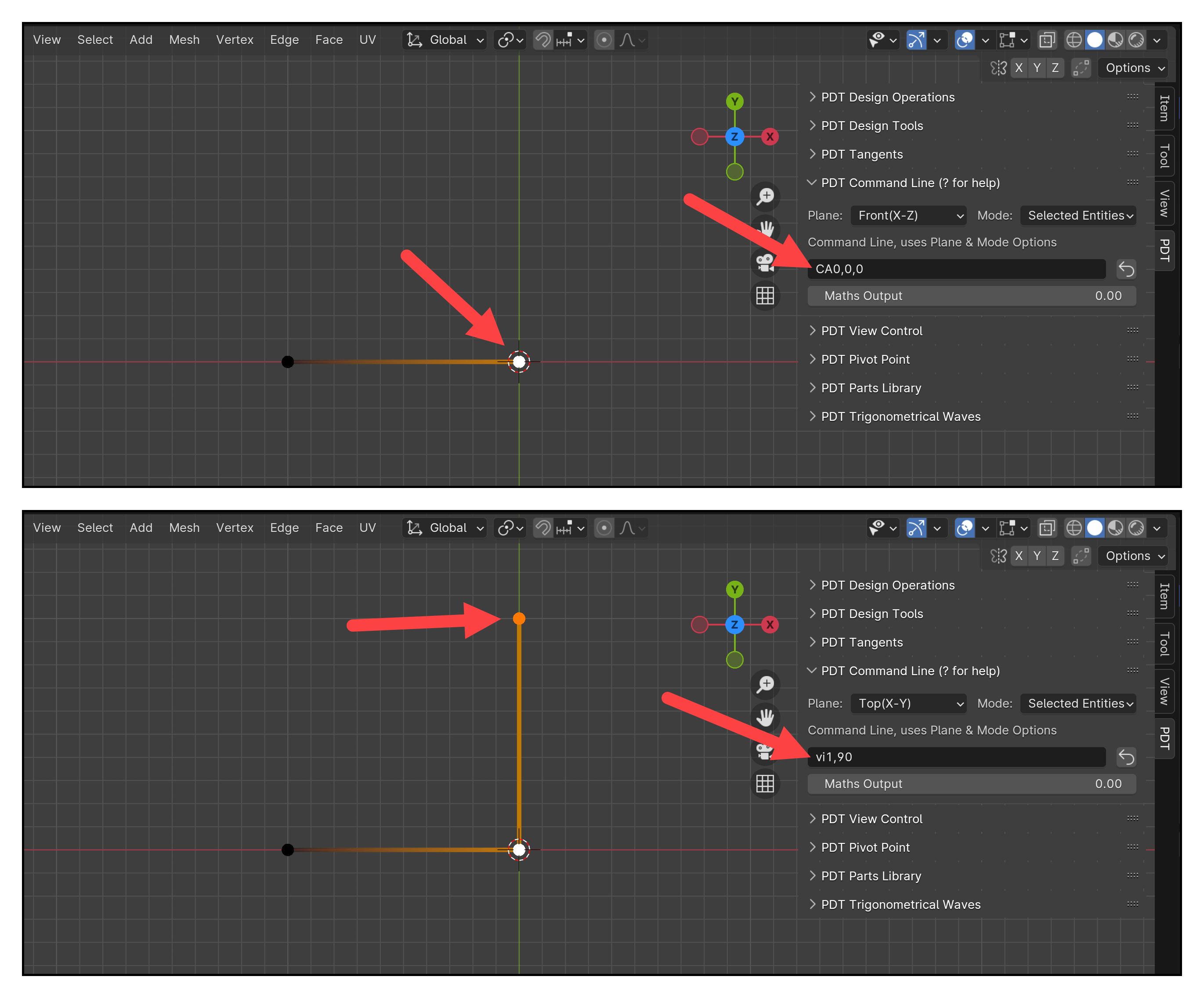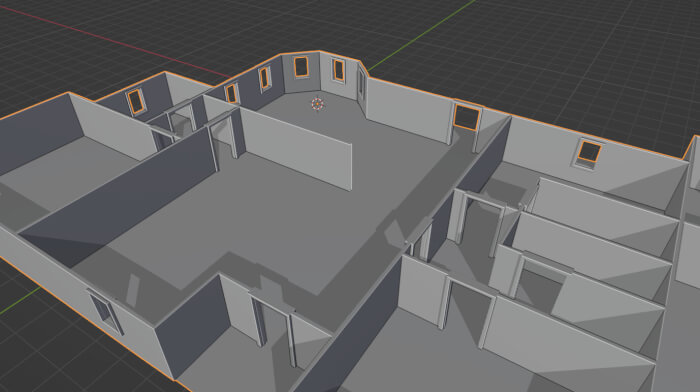
One of the things that I have learned in the past few years about architecture modeling is that we often use patterns to create geometry. Everywhere we look, there is some kind of pattern, and this is what makes tools such as the Array Modifier in Blender so important for architectural modeling. Have you ever tried to create anything with the Array? If you haven't, I just found a great tutorial about modeling with the Array modifier that might be useful, especially for objects like grids.
The use of grids is quite common in scenes using metal or office environments. The video below was created by an artist called bory111 and will show you how to create a simple grid in Blender 2.5 using the Array Modifier.




